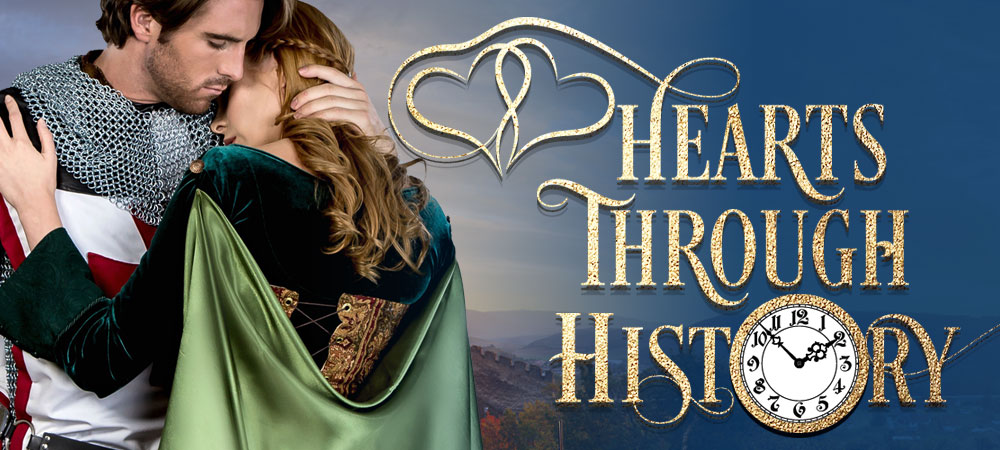by Molly Owen | Sep 2, 2013 | Blog, Merry Farmer

The Courtship, Charles Green – 1878
You know me. I’m a History Apologist. Any time someone says “And that’s the way things were”, I have to ask “Was it really?” That’s especially true when it comes to the assumptions that are made about what people’s attitudes were, how they deported themselves, and what society’s rules were in the historical time periods in which we write.
So a couple of months ago when I was having a discussion with a fellow historical romance writer about why we write in the time periods that we do, hers being Regency and mine being Late Victorian, I was somewhat taken aback when her answer was “I prefer to write in the Regency because social rules were so restrictive and rigid in the Victorian era and men and women hardly had anything to do with each other”.
I bumped up against this assumption again recently when someone made the observation about my novel Fool for Love—set in 1896, mind you—that the heroine NEVER would have slept with the hero without being married to him (in spite of the fact that this particular heroine was already pregnant from a horrible previous relationship, was ridiculously grateful to the hero for saving her life, and was pretending she was married to him). But I suspect that person’s biggest problem was that the heroine really liked sex. How historically inaccurate!
Whoa. Hold on there, Nellie. You know what they say about ‘assume’: it makes an ass of u and me.
So naturally I dove into my treasure trove of historical books—bunches of which are social histories of the 19th century—and went to work. (more…)
by Molly Owen | May 2, 2013 | Blog, Merry Farmer

Lamia and the Soldier, by John William Waterhouse
Wikicommons
You’ve heard the old saying that History repeats itself, right? Of course you have. But it’s not just the events of History that have a way of resurfacing every now and then. People have a tendency to look back to an earlier age for inspiration on both an artistic and spiritual level. At the end of the 18th century and in the Regency the trend was to look back to the ancient world of Greece and Rome. But as the 19th century progressed, artists and scholars began to take another look at a period of time that many of their contemporaries had written off as dark, bleak, and unenlightened: the Middle Ages.
In fact, Medievalism became such a fad with so many off-shoots by the end of the 19th century, that we are still feeling the effects of the revival today. What started as a small movement amongst painters and poets, a reaction against the modernization of Realism, turned into an expansion of creativity that today’s fantasy and paranormal fans would recognize, in spirit and practice. (more…)
by Molly Owen | Jan 19, 2013 | Anna Kathryn Lanier, Blog
By Anna Kathryn Lanier
Effie Hotchkiss was not your average Victorian era girl—she had dreams, big dreams and though she didn’t intend it, her dreams landed her on the front page of newspapers across America and her name was etched into history books. The year was 1915 and Effie was already bored with her bank clerking job on Wall Street in New York City. She wanted to do something exciting and adventurous. She wanted to see America. And she wanted to do them both at the same time.

(more…)
by Molly Owen | Nov 6, 2011 | Anne Carrole, Blog
Bankers, stockbrokers, politicians and millionaires mingled at Saratoga Springs, New York in the Gilded Age of the late 19th century. As with any age, however, it had its characters, some of whom made great fodder for the newspapers of the day.
I mentioned last month about Florence Vanderbilt finding love in Saratoga Springs with Hamilton Mckowen Twombly who, at the time was clerking for Western Union. In fact, Twombly confronted her father, William Henry Vanderbilt, son of the Commodore, on what was then considered the “millionaire’s” piazza of the United States Hotel where Twombly screwed up courage to ask Vanderbilt for his daughter, Florence’s, hand in marriage. By all accounts, Twombly, an 1871 graduate of Harvard, was quite a handsome man with dark, wavy hair parted in the middle and a handlebar moustache and Florence was a comely young lady. The Twombly family name was well known in New England with ancestors who came to America in 1656 with a land grant for what became Dover, New Hampshire and Twombly’s father was engaged in shipping enterprises so young Twombly was far from poor. But even though his family was “comfortable” they could not match the gilded age wealth of the Vanderbilts. George Waller reports in Saratoga: Saga of an Imperious Age that the conversation went thusly:
(more…)






